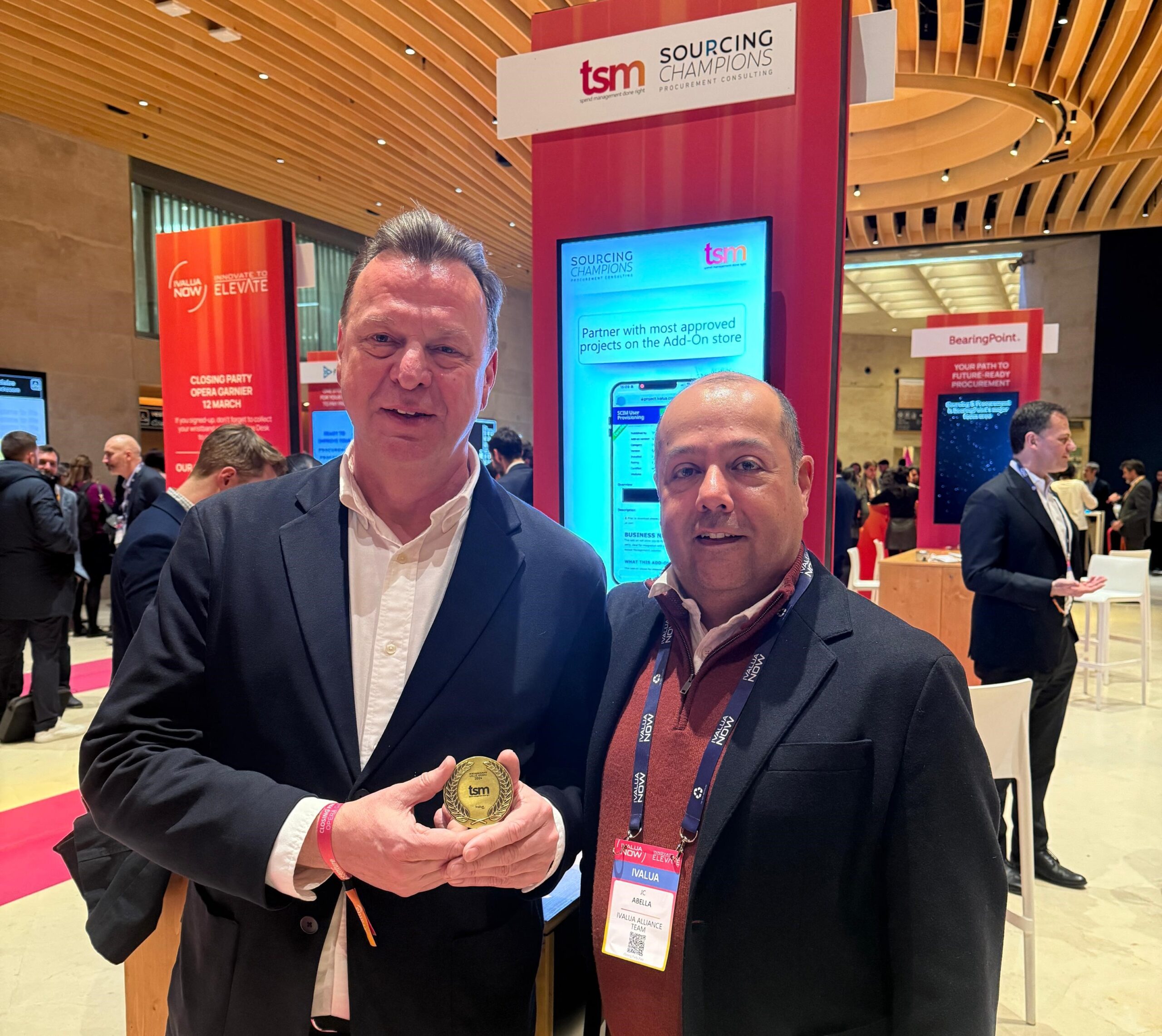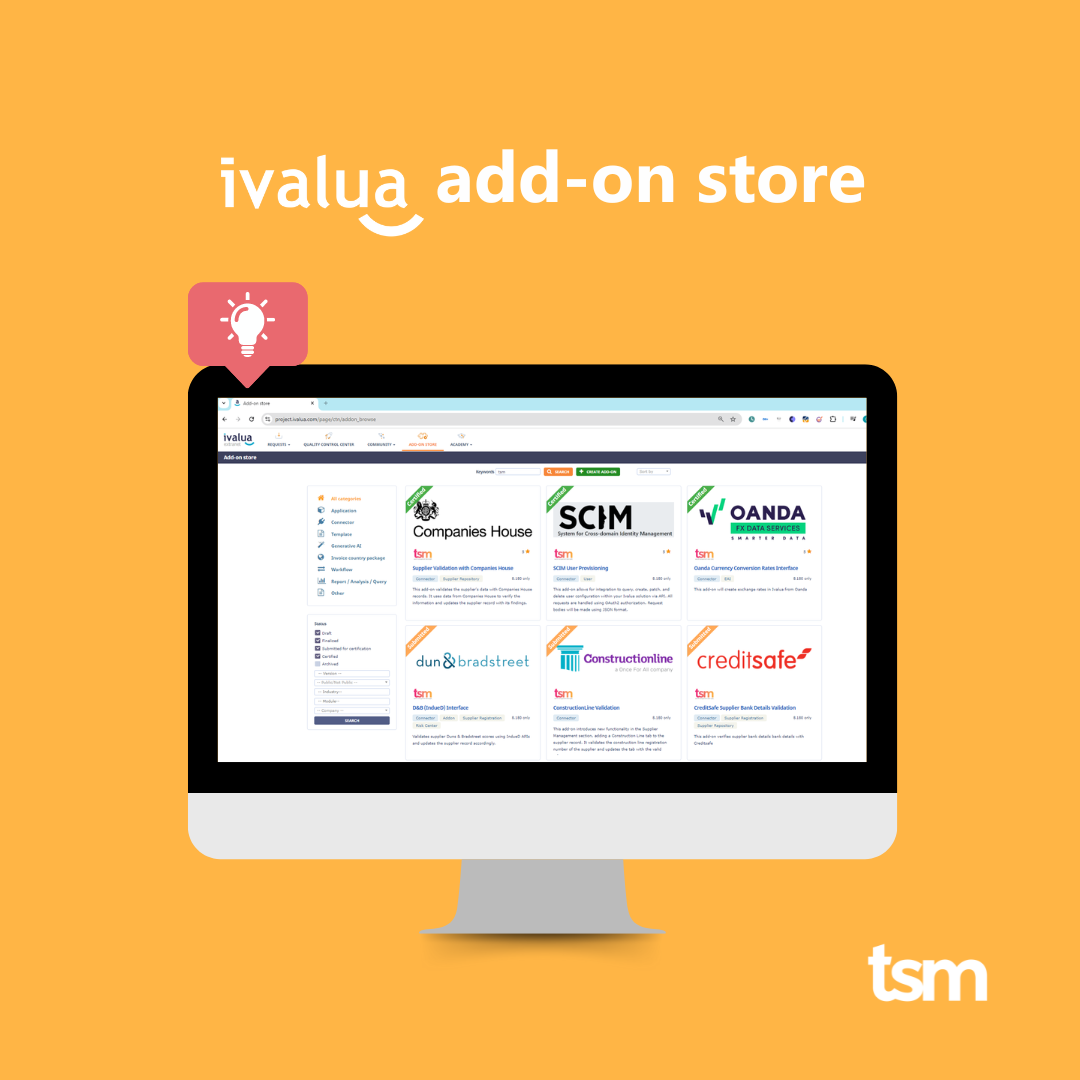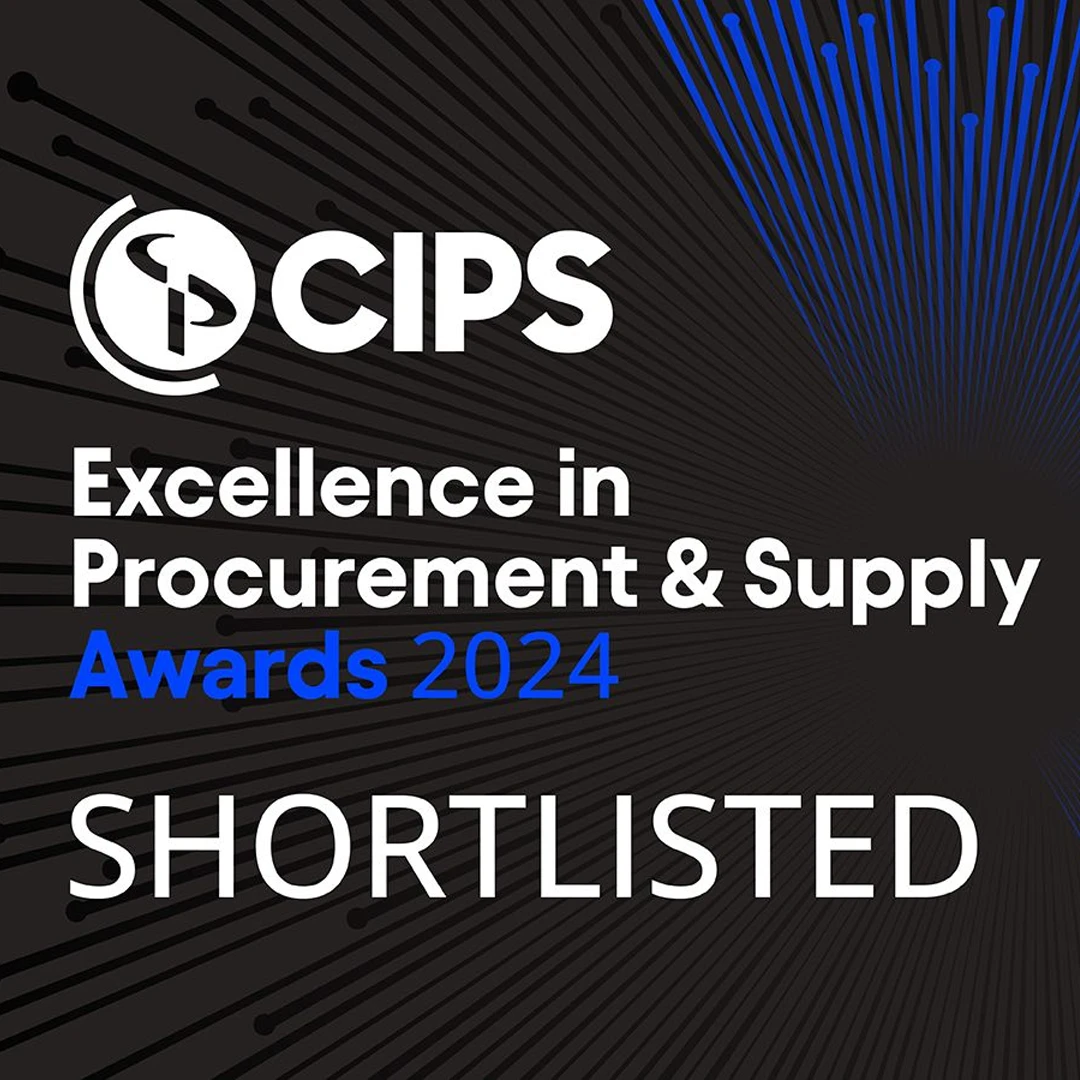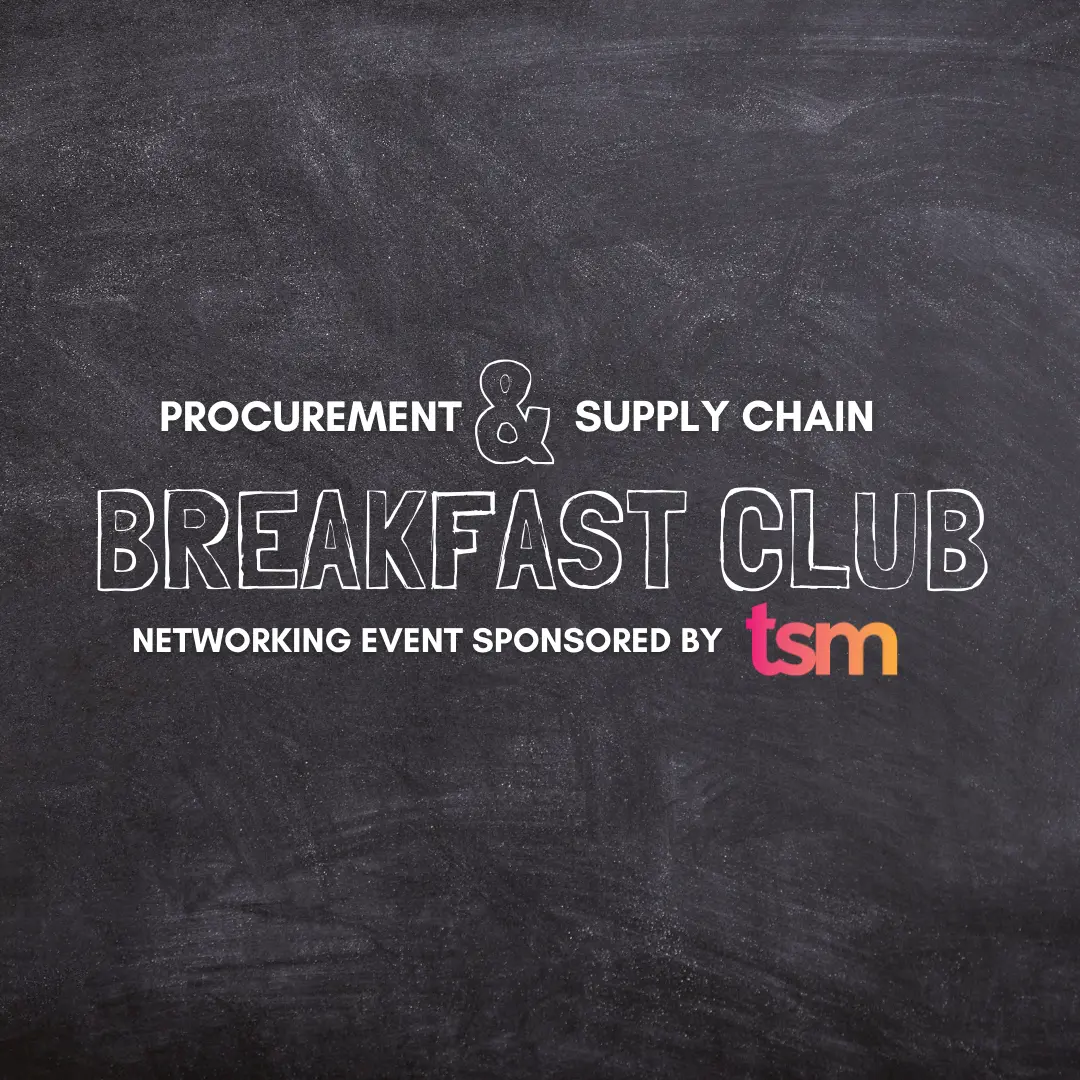Making a distinction between two similar sounding titles or terms can mark you out as pedantic. Sometimes, it comes after gaining a more clear understanding of what was previously considered much the same thing. In the case of procurement and purchasing, the difference in terminology often depends on the role of the person discussing the need.
In the last ten years we have seen a huge increase in the number of procurement roles being created within organisations that previously had none. Procurement is now operating independently from finance and focused on the disciplines and processes that occur upstream from purchasing, namely supplier on-boarding and relationship handling, the running of sourcing events, supplier negotiation, contract management and catalogue management.
It is clear that organisations are seeing procurement as offering them a more strategic approach to controlling expenditure, and not simply as a means to drive lower costs through beating up the supplier. Sometimes the need is simply one of efficiency, sometimes a result of audit or regulatory requirements, and sometimes as a result of a highly visible and costly issue such as an expensive contract rolling-over without review. Whatever the reasons, procurement is increasingly racing up the ‘to-do’ lists of many companies.
Fledgling procurement teams sometimes consist of a single individual who has moved out of finance, or there is a small group of people still wrestling with the challenge of just where to begin to make a difference. Of course there are many mature examples where a Head of Procurement or Chief Procurement Officer leads an established team, but often we see the same thing: a relatively small group looking across a wide range of activities and processes and attempting to drive better value, but hamstrung by manual processes and a lack of manpower with which to really tackle the big issues.
The good news is that many of those early challenges can be addressed by deploying web-based tools designed specifically for procurement. It’s sometimes hard to tell how many suppliers you have, which are active and inactive, and how many duplicates of the same category. But if you deploy a supplier portal you can gather supplier records together in a single directory and make the process collaborative with those suppliers, giving them a supplier-side view of the relationship and allowing them to see the trade-off and benefits of being an approved supplier.
Perhaps you don’t know how many contracts you have, when they expire or indeed how much is spent against those contracts. Again, if you deploy a web-based repository you can then have a single place to keep them, and report against expiry dates and contract spend.
The increase in procurement roles is encouraging as organisations look beyond the finance function to address real change and improve controls. The need for procurement to work alongside the various business units and stakeholders to help achieve savings has never been greater. The rise of procurement as a dedicated function looks set to continue as organisations come to understand the value that procurement can bring and seek to harness the many benefits they can achieve.
But it’s not as simple as just changing someone’s job title. Procurement teams also need the tools and analysis to properly implement their strategy and become a real driver for change.







